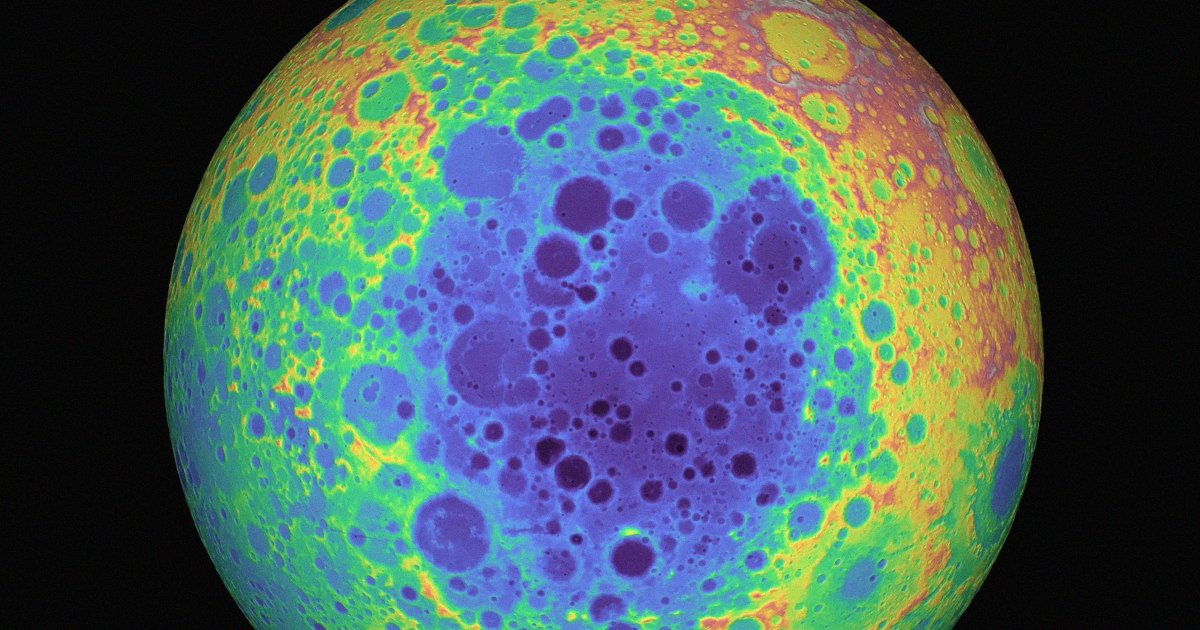
"As detailed in a new paper published in the journal Nature, the more than 1,200-mile crater appears to have been the result of a glancing, southward blow - and not a head-on asteroid impact, as previously thought. The findings could help explain why the Moon's far side is riddled with large craters, while the more explored near side is relatively smooth. And they could also have "important implications for the upcoming human exploration of the lunar south pole" by NASA's Artemis program, the researchers wrote."
"That's because the space agency's "missions will be landing on the down-range rim of the basin - the best place to study the largest and oldest impact basin on the Moon, where most of the ejecta, material from deep within the Moon's interior, should be piled up," as study lead and University of Arizona planetary scientist Jeffrey Andrews-Hanna explained in a statement."
The South Pole–Aitken basin on the Moon likely formed about 4.3 billion years ago from a glancing, southward oblique impact rather than a head-on collision. The basin's oblong, teardrop shape and ejecta distribution indicate a southward blow that gouged through the crust and exposed heavier mantle minerals. This asymmetric impact could explain the concentration of large basins on the lunar far side and the smoother near side. The down-range rim of the basin should contain piled ejecta and materials from deep within the Moon, making the lunar south pole a particularly rich site for sampling during upcoming Artemis landings. Current models of an early lunar magma ocean explain mineral stratification by density.
Read at Futurism
Unable to calculate read time
Collection
[
|
...
]